Pruning is an essential horticultural practice that can significantly impact the health and appearance of your plants. Proper pruning techniques help stimulate growth, remove dead or diseased branches, shape the plant, and maintain its overall health. However, pruning is not a one-size-fits-all activity, as different plants require distinct approaches. In this article, we will offer tips on when and how to prune different types of plants to encourage healthy growth.
Understanding the Basics
Before diving into specific pruning tips for various plant types, it’s crucial to grasp some fundamental concepts:
Timing:
The timing of pruning depends on the plant’s growth habit. Generally, late winter or early spring, before new growth begins, is the ideal time for many plants. However, some flowering shrubs may benefit from pruning after they bloom, and fruit trees may be pruned during their dormant season.
Pruning Tools:
Invest in high-quality, sharp pruning tools. Clean cuts heal faster and reduce the risk of disease transmission. Common tools include pruning shears, loppers, hedge trimmers, and saws.
Pruning Goals:
Know why you’re pruning. Are you removing dead or diseased branches, shaping the plant, or encouraging new growth? Your goals will dictate your pruning approach.
Now, let’s delve into pruning techniques for different plant types:
Deciduous Trees
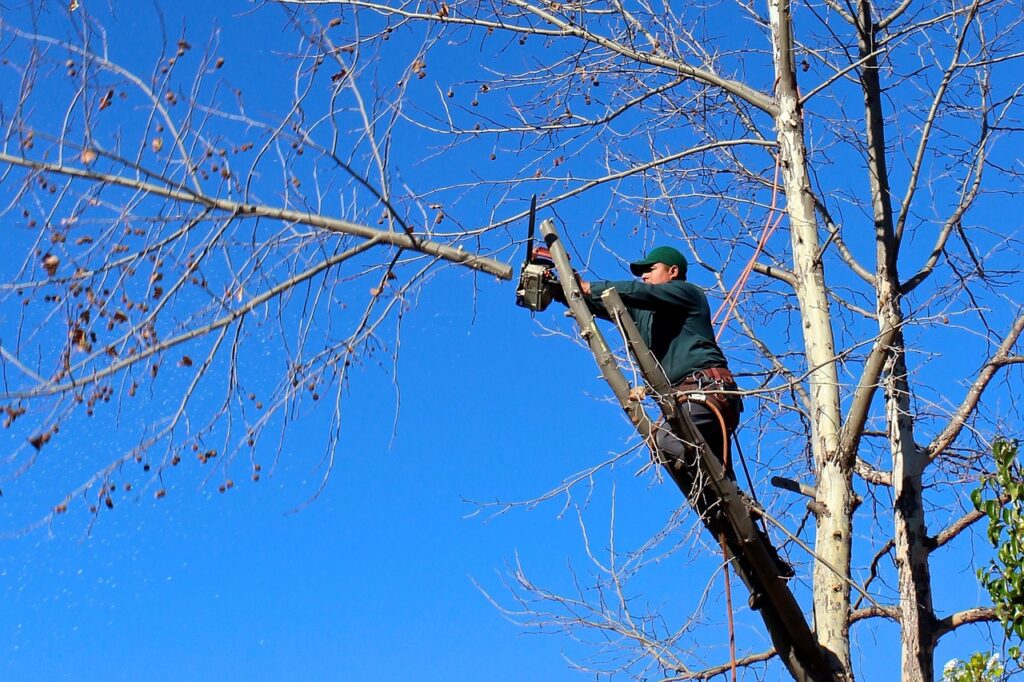
Deciduous trees lose their leaves in the fall, making late winter to early spring the best time for pruning. Focus on removing dead or damaged branches and creating a strong central leader. Avoid excessive pruning in a single season, as this can stress the tree.
Evergreen Trees

Evergreens, such as pines and spruces, benefit from selective pruning to remove dead branches and maintain their natural shape. Avoid cutting into the older wood with no foliage, as it won’t regrow.
Shrubs

Flowering shrubs should be pruned after they bloom. Remove dead or weak branches and cut back long, leggy growth to encourage bushier growth. For evergreen shrubs, late winter or early spring pruning is suitable.
Fruit Trees
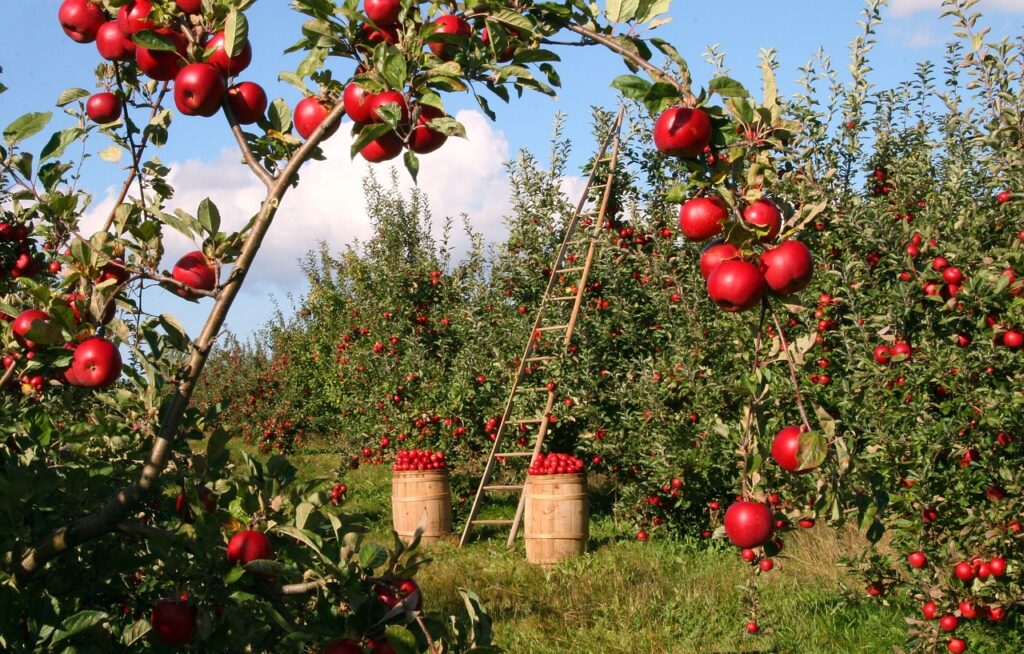
Prune fruit trees during their dormant season in late winter or early spring. Remove dead, diseased, or crossing branches. Thin the canopy to allow sunlight to penetrate, which enhances fruit production. Be cautious not to over-prune, as it can reduce fruit yield.
Hedges

Regular pruning is necessary to maintain a neat and dense hedge. Use hedge trimmers for formal hedges and hand pruners for informal ones. Trim the top narrower than the base to ensure sunlight reaches the lower branches.
Perennials
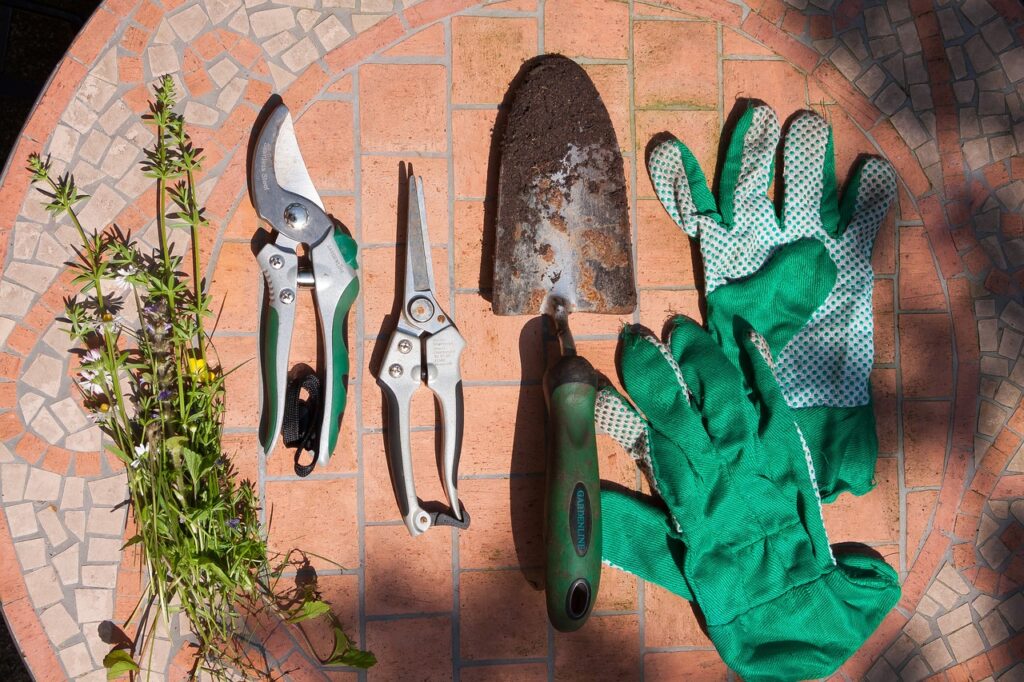
Perennials benefit from deadheading, which involves removing spent flowers to encourage more blooms. Divide overcrowded perennials in the early spring or fall to rejuvenate them.
Climbing Plants
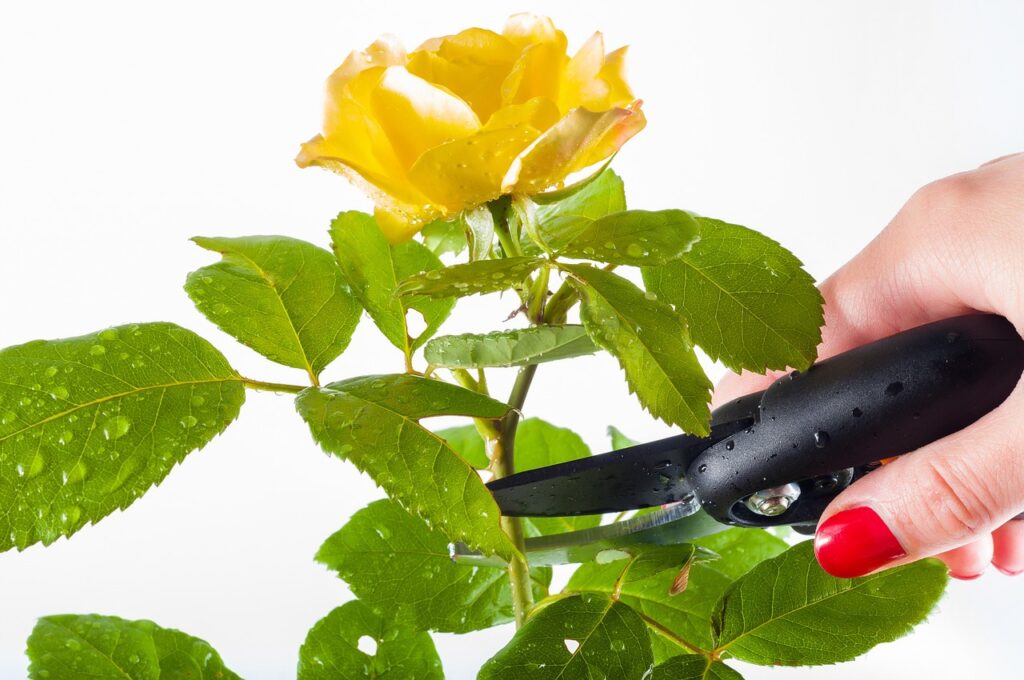
Prune climbing plants like roses and wisteria in late winter or early spring. Remove dead or weak growth and cut back lateral branches to encourage upward growth. Tie new growth to supports as needed.
Vines
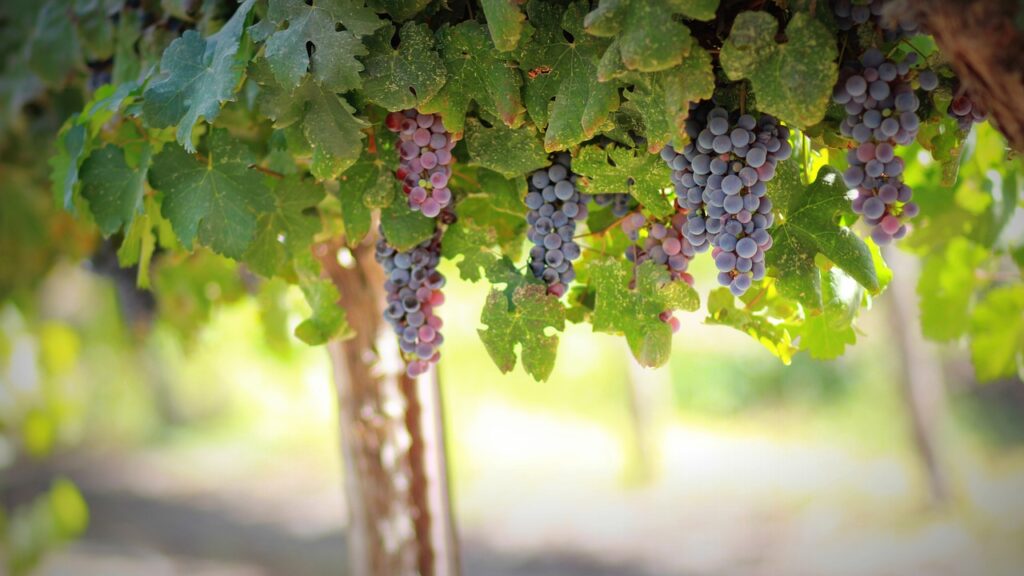
Pruning vines like grapes and clematis depends on their growth habit. Generally, prune them in late winter or early spring, but specific guidelines vary, so consult horticultural references.
Pruning is a valuable skill for any gardener or landscaper. When performed correctly, it can promote healthy plant growth, enhance the appearance of your garden, and extend the lifespan of your plants. Remember the key principles of timing, tool quality, and pruning goals, and tailor your approach to suit the specific needs of the plant species in your care. With a little knowledge and practice, you can become proficient at pruning and enjoy the many benefits it offers for your plants and garden.



